The Food & Drug Administration recently approved varenicline (Chantix, Pfizer) as an aid to smoking cessation. Varenicline is the first new prescription treatment for smoking cessation to receive FDA approval in nearly a decade and only the second nicotine-free smoking cessation therapy ever approved by the agency. This new molecular entity received priority review because of its potential benefit to public health. Pfizer plans to make the drug available in U.S. retail pharmacies in the second half of 2006-most likely during the third quarter.



